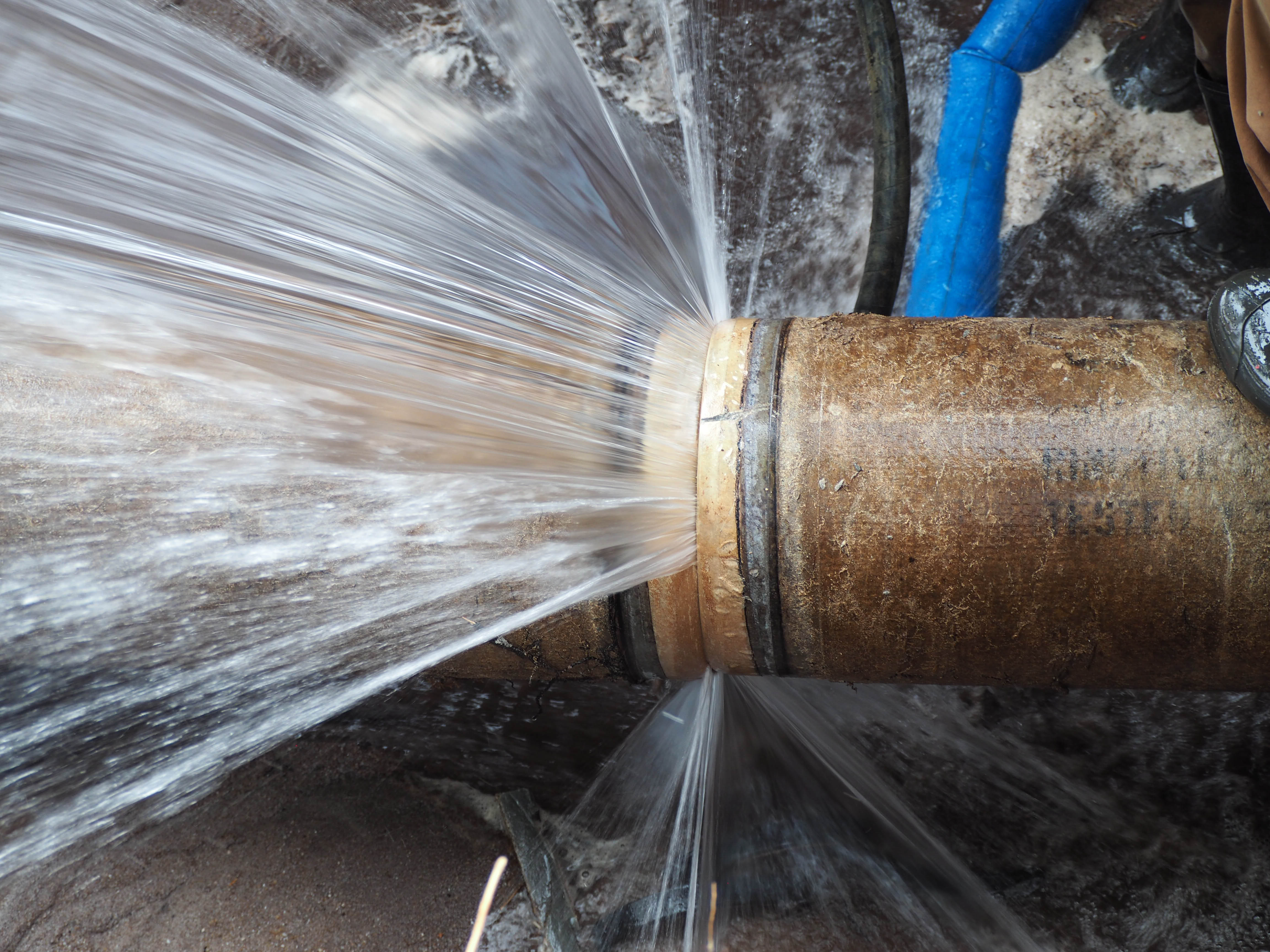Essential Advice to Prevent Frozen Pipes in Cold Weather: Professional Guidance
Essential Advice to Prevent Frozen Pipes in Cold Weather: Professional Guidance
Blog Article
In this article in the next paragraphs you can get lots of first-rate information and facts around Winter Plumbing Precautions: Preventing Frozen Pipes.

Cold weather can wreak havoc on your pipes, especially by freezing pipes. Right here's just how to prevent it from occurring and what to do if it does.
Intro
As temperatures decrease, the danger of icy pipes rises, possibly leading to costly repair services and water damages. Comprehending how to avoid icy pipelines is vital for home owners in chilly environments.
Prevention Tips
Insulating vulnerable pipes
Cover pipes in insulation sleeves or use warm tape to secure them from freezing temperature levels. Concentrate on pipelines in unheated or external areas of the home.
Home heating techniques
Maintain indoor rooms properly warmed, specifically locations with pipes. Open closet doors to permit cozy air to circulate around pipelines under sinks.
Exactly how to recognize frozen pipelines
Seek lowered water circulation from faucets, unusual smells or noises from pipes, and visible frost on exposed pipelines.
Long-Term Solutions
Structural adjustments
Consider rerouting pipes far from exterior wall surfaces or unheated locations. Add added insulation to attics, basements, and crawl spaces.
Updating insulation
Invest in high-quality insulation for pipelines, attic rooms, and wall surfaces. Correct insulation helps preserve regular temperature levels and lowers the threat of icy pipelines.
Shielding Outdoor Pipes
Yard pipes and outdoor faucets
Detach and drain garden pipes before winter season. Set up frost-proof faucets or cover exterior taps with protected caps.
Comprehending Icy Pipes
What triggers pipes to ice up?
Pipes ice up when subjected to temperature levels listed below 32 ° F (0 ° C) for prolonged durations. As water inside the pipelines freezes, it increases, taxing the pipeline wall surfaces and potentially triggering them to burst.
Risks and problems
Frozen pipelines can lead to water supply disruptions, residential property damages, and pricey repair work. Ruptured pipelines can flooding homes and create considerable architectural damage.
Indications of Frozen Water Lines
Identifying frozen pipes early can avoid them from bursting.
What to Do If Your Pipelines Freeze
Immediate actions to take
If you presume icy pipes, maintain faucets open to relieve stress as the ice thaws. Use a hairdryer or towels soaked in warm water to thaw pipes slowly.
Final thought
Stopping icy pipes requires proactive measures and fast feedbacks. By understanding the reasons, indicators, and safety nets, property owners can secure their plumbing throughout winter.
6 Proven Ways to Prevent Frozen Pipes and Protect Your Home
Disconnect and Drain Garden Hoses
Before winter arrives, start by disconnecting your garden hoses and draining any remaining water. Close the shut-off valves that supply outdoor hose bibs and leave the outdoor faucet open to allow any residual water to drain. For extra protection, consider using faucet covers throughout the colder months. It’s also important to drain water from any sprinkler supply lines following the manufacturer’s directions.
Insulate Exposed Pipes
Insulating your pipes is an effective way to prevent freezing. Pipe insulation is readily available at home improvement stores and is relatively inexpensive. Pay close attention to pipes in unheated areas such as the attic, basement, crawl spaces, or garage. Apply foam insulation generously to create a buffer against the cold. You can also wrap your pipes in heat tape or thermostat-controlled heat cables for added warmth.
Seal Air Leaks
Inspect your home for any cracks or openings that could let in cold air. Seal any holes around the piping in interior or exterior walls, as well as the sill plates where your home rests on its foundation. Additionally, make sure to keep your garage door closed unless you’re entering or exiting. Leaving it open creates a significant air leak that can lead to frozen pipes.
Allow Warm Air Circulation
During cold snaps, it’s essential to allow warm air to circulate evenly throughout your home. Leave interior doors ajar to promote better airflow. Open kitchen and bathroom cabinets to help distribute heat consistently around the rooms. If you have small children or pets, be sure to remove any household chemicals or potentially harmful cleaners from open cabinets for safety.
Let Faucets Drip
A small trickle of water can make a big difference in preventing ice formation inside your pipes. When temperatures drop significantly, start a drip of water from all faucets served by exposed pipes. This continuous flow helps prevent the water from freezing. Additionally, running a few faucets slightly can relieve pressure inside the pipes, reducing the chances of a rupture if the water inside does freeze.
https://choateshvac.com/6-proven-ways-to-prevent-frozen-pipes-and-protect-your-home/

I stumbled upon that article on How to prepare your home plumbing for winter weather while doing a lookup on the search engines. Enjoyed reading our write-up? Please share it. Help other people locate it. Thanks so much for your time invested reading it.
Click For More Information Report this page